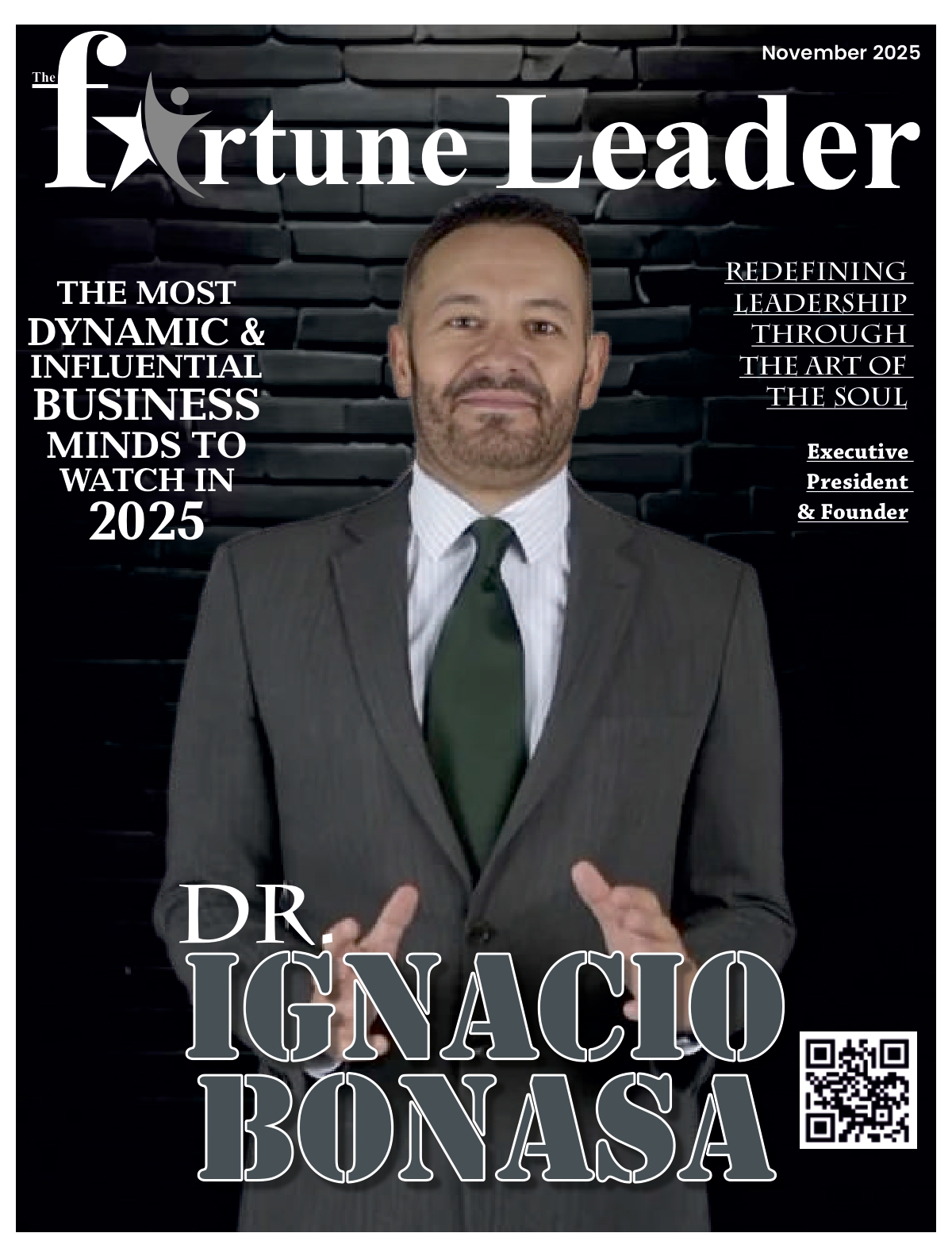The telecommunications industry is experiencing a profound transformation influenced by technological innovations, changing consumer expectations, and a growing demand for improved connectivity. A variety of transformative services are redefining the interactions between businesses and consumers within telecommunication networks, presenting both new opportunities and challenges. Key advancements such as 5G, cloud computing, the Internet of Things (IoT), artificial intelligence (AI), and edge computing are propelling the sector into a new phase.
5G Networks
One of the most transformative advancements in telecommunications is the deployment of 5G networks. This cutting-edge wireless technology offers markedly increased speeds, reduced latency, and the capacity to connect a greater number of devices at the same time. Sectors such as healthcare, automotive, and manufacturing are witnessing swift innovation due to 5G. For instance, telemedicine can enhance its effectiveness through real-time video consultations, while autonomous vehicles can communicate instantaneously to maintain safety. The extensive implementation of 5G is anticipated to facilitate the emergence of new services, applications, and business models, representing a significant progression in mobile connectivity.
Cloud Services
Cloud computing has emerged as a vital service for telecommunications firms. By utilizing cloud technology, operators are able to provide scalable solutions, lower expenses, and improve their service portfolios. Cloud-based platforms facilitate telecom providers in delivering on-demand services, including data storage, virtualized networks, and customer support applications. Furthermore, the shift to cloud infrastructure promotes enhanced flexibility, allowing for quicker implementation of new services and diminishing dependence on conventional hardware-based systems.
Internet of Things (IoT)
The Internet of Things (IoT) represents a significant shift in the telecommunications sector. As the number of connected devices continues to rise, telecommunications companies are establishing the necessary infrastructure and services to meet the increasing demand for IoT applications. Sectors such as smart cities, connected residences, and industrial automation are among those reaping the benefits of IoT technology. Telecom providers are enabling seamless data communication between devices, delivering connectivity alongside real-time analytics that enhance efficiency, security, and convenience for both businesses and consumers.
Artificial Intelligence (AI)
Artificial intelligence is revolutionizing the telecommunications sector through the automation of customer service, enhancement of network management, and facilitation of predictive maintenance. AI-driven chatbots are capable of addressing customer inquiries around the clock, thereby minimizing the necessity for human involvement and increasing service efficiency. Additionally, network operators are leveraging AI to forecast traffic patterns, optimize bandwidth distribution, and identify faults prior to their escalation into significant disruptions. The integration of AI not only boosts operational efficiency but also lowers costs and elevates the overall customer experience.
Edge Computing
Edge computing is redefining conventional network architectures. By facilitating data processing nearer to its point of origin, edge computing minimizes latency and optimizes bandwidth utilization, rendering it particularly suitable for real-time applications. Telecommunications providers are incorporating edge computing into their infrastructures to enhance services such as video streaming, augmented reality, and virtual reality, where minimal latency is essential for providing uninterrupted user experiences. In summary, these innovative services are fundamentally changing the telecommunications industry while also facilitating the development of new business models and services across multiple sectors. As technology progresses, the telecommunications sector will continue to play a central role in this digital transformation, linking individuals, devices, and industries in unprecedented ways.












